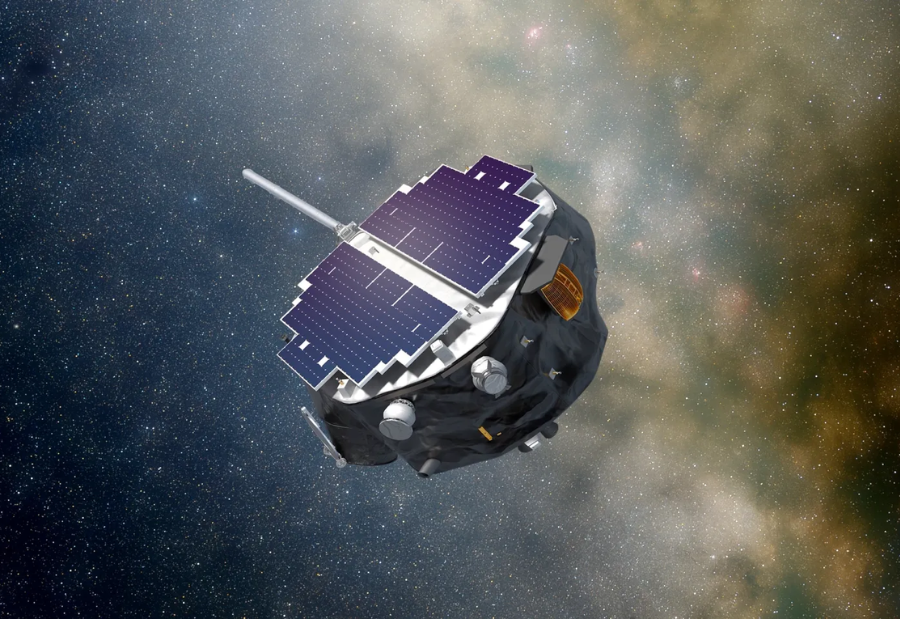NASA successfully launched three spacecraft aboard a SpaceX Falcon 9 rocket from the Kennedy Space Center. The missions aim to improve understanding of space weather and its effects on Earth and human space exploration. The spacecraft include NASA’s Interstellar Mapping and Acceleration Probe (IMAP), the Carruthers Geocorona Observatory (CGO), and NOAA’s Space Weather Follow-On Lagrange 1 (SWFO-L1). Together, they will study solar activity, interstellar particles, and Earth’s upper atmosphere.
By tracking solar storms, charged particles, and coronal mass ejections, the missions will provide crucial data to protect astronauts on future Moon and Mars journeys, while also safeguarding satellites, communication networks, and power grids on Earth.
IMAP and CGO: NASA’s core missions
IMAP, costing about 600 million dollars, is NASA’s main mission. It is equipped with ten instruments to study the solar wind, interstellar dust, and the heliosphere, the Sun’s magnetic bubble around the solar system. It will also investigate how charged particles are accelerated and provide radiation warnings important for astronaut safety.
The Carruthers Geocorona Observatory, named after scientist George Carruthers, will study Earth’s exosphere, the planet’s outermost layer. By capturing ultraviolet light from the geocorona, it will help scientists understand how space weather influences the atmosphere and satellites in near-Earth orbit.
NOAA’s SWFO-L1: monitoring the Sun in real time
The SWFO-L1 mission will provide real-time monitoring and early warnings of solar storms. Positioned at the Sun-Earth Lagrange Point 1, about 1.5 million kilometres from Earth, it will use a coronagraph to observe coronal mass ejections and help protect critical systems from space weather impacts.
Technical and operational details
All three spacecraft were launched together to maximise efficiency and reach Lagrange Point 1. The journey will take about four months. By using spare capacity on the Falcon 9, NASA was able to combine the missions into a single launch, showcasing cost-effectiveness and operational precision.
Why space weather monitoring matters
Solar storms can disrupt GPS, power grids, and communication systems while posing health risks to astronauts. These missions will improve forecasting, enhance protection of vital technology, and support future human exploration under NASA’s Artemis programme.
This combined launch marks a major step forward in space weather research, with data expected to provide valuable insights into the Sun, the heliosphere, and planetary safety for decades.
Also read: Viksit Workforce for a Viksit Bharat
Do Follow: The Mainstream formerly known as CIO News LinkedIn Account | The Mainstream formerly known as CIO News Facebook | The Mainstream formerly known as CIO News Youtube | The Mainstream formerly known as CIO News Twitter |The Mainstream formerly known as CIO News Whatsapp Channel | The Mainstream formerly known as CIO News Instagram
About us:
The Mainstream formerly known as CIO News is a premier platform dedicated to delivering latest news, updates, and insights from the tech industry. With its strong foundation of intellectual property and thought leadership, the platform is well-positioned to stay ahead of the curve and lead conversations about how technology shapes our world. From its early days as CIO News to its rebranding as The Mainstream on November 28, 2024, it has been expanding its global reach, targeting key markets in the Middle East & Africa, ASEAN, the USA, and the UK. The Mainstream is a vision to put technology at the center of every conversation, inspiring professionals and organizations to embrace the future of tech.




